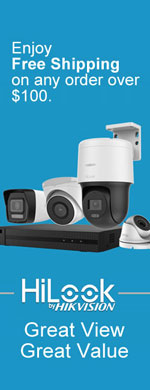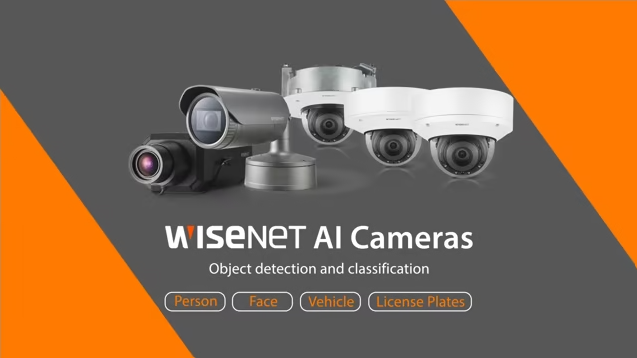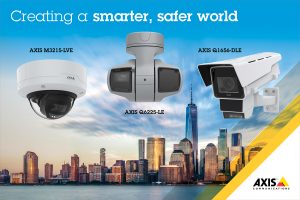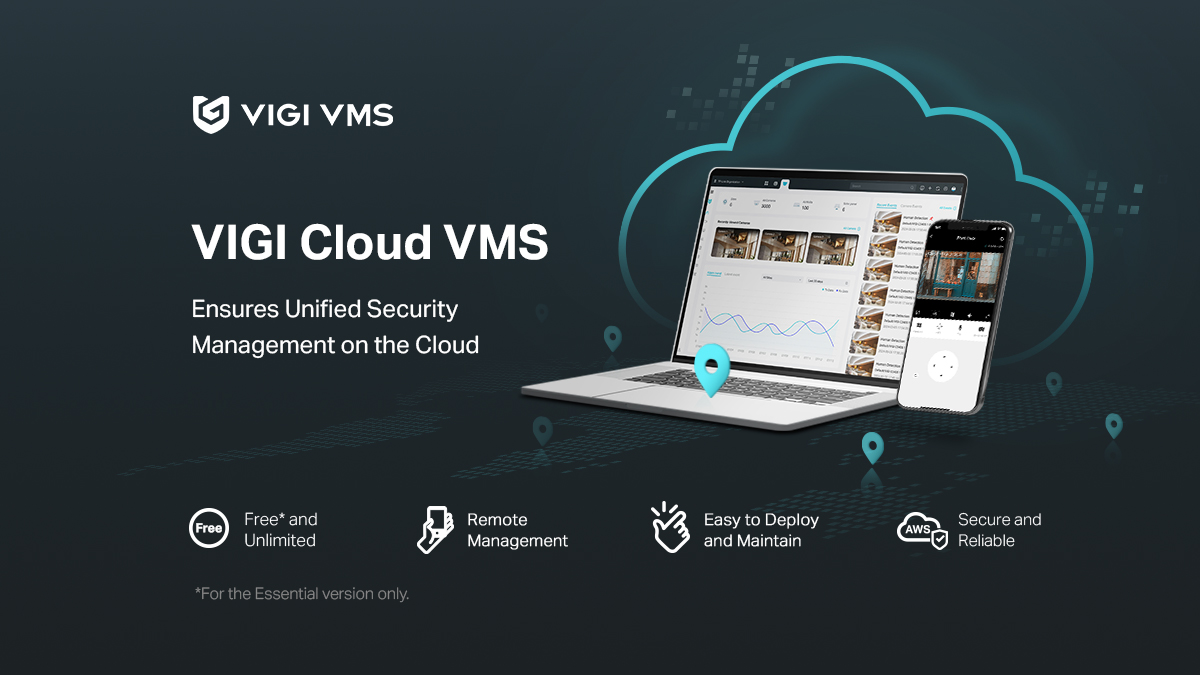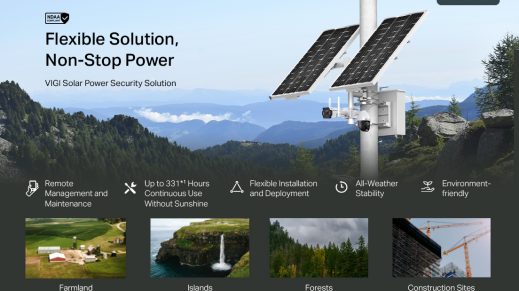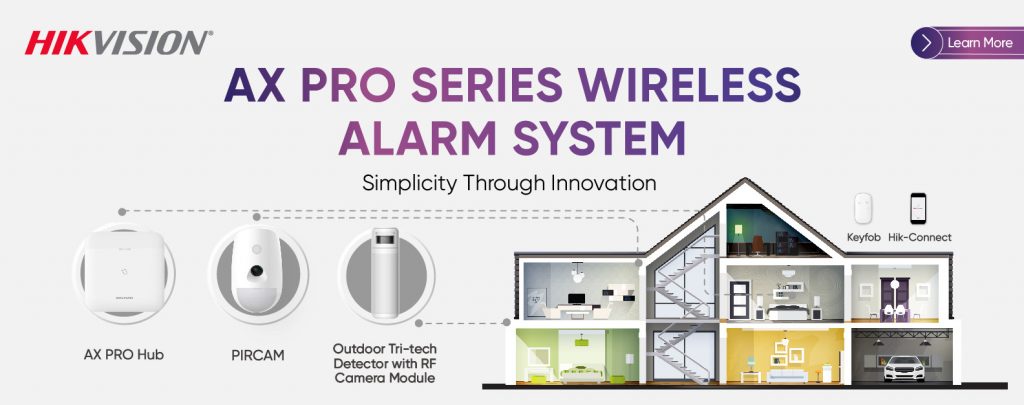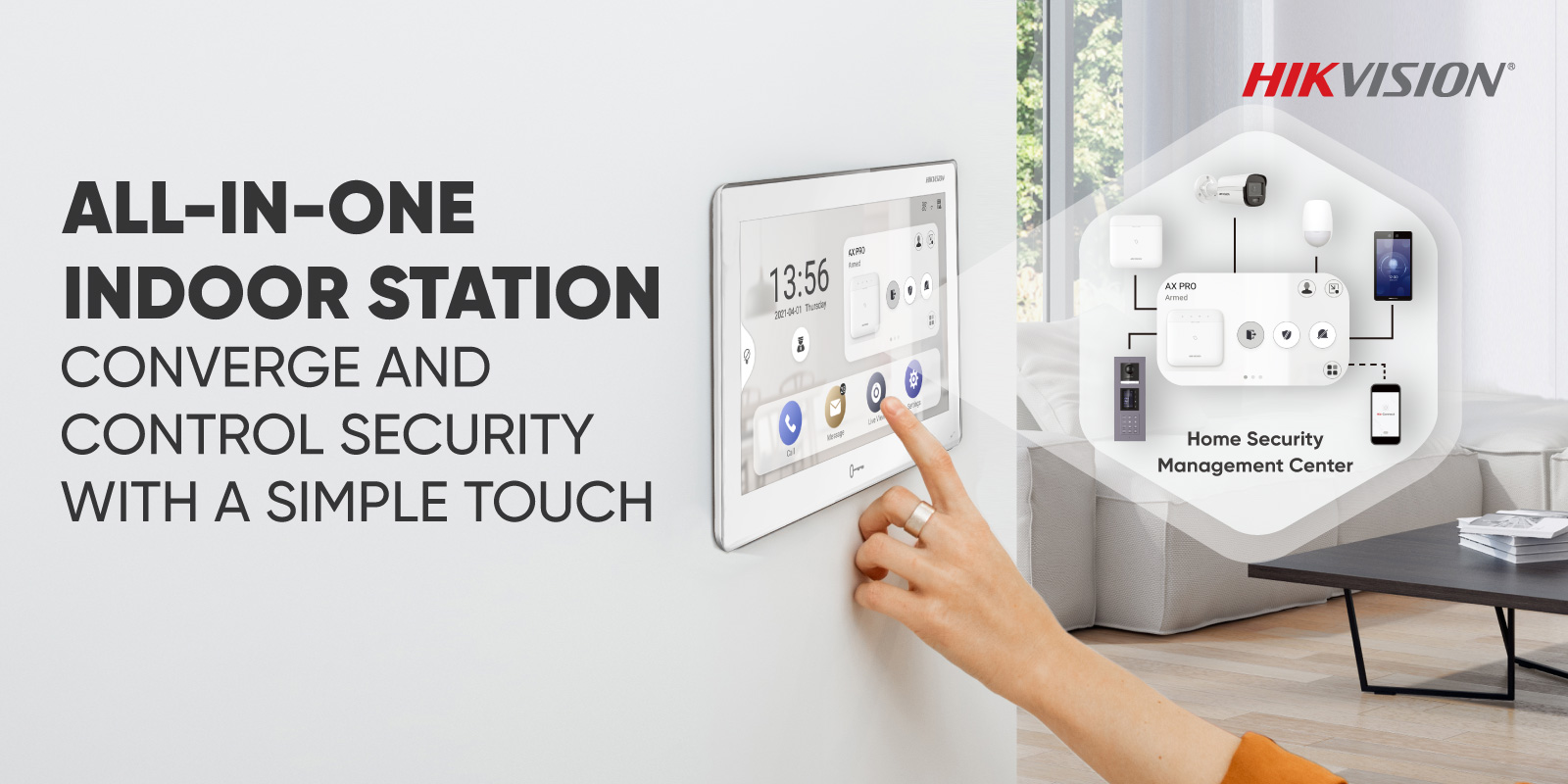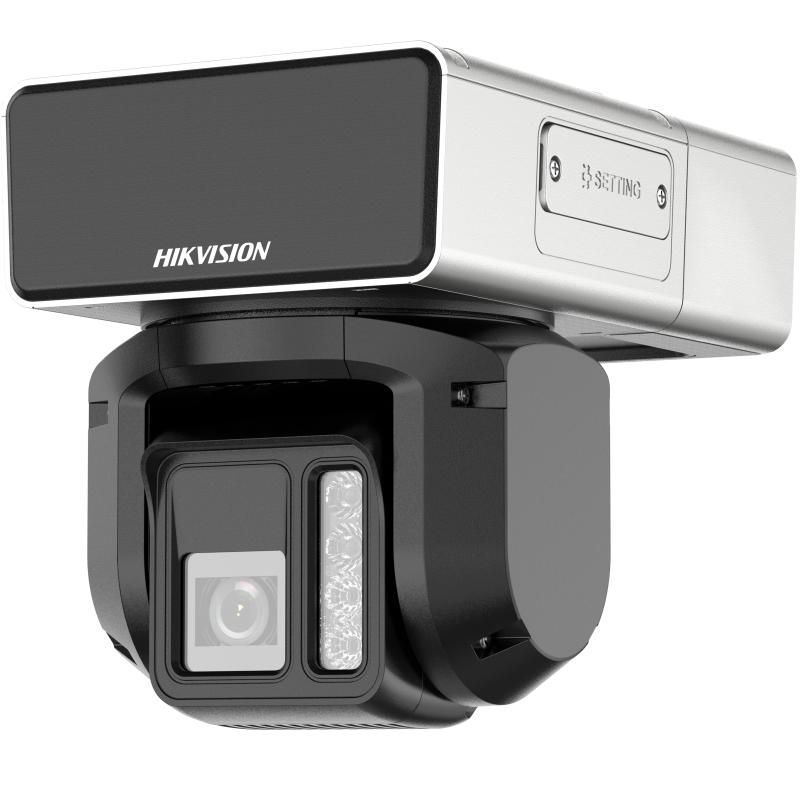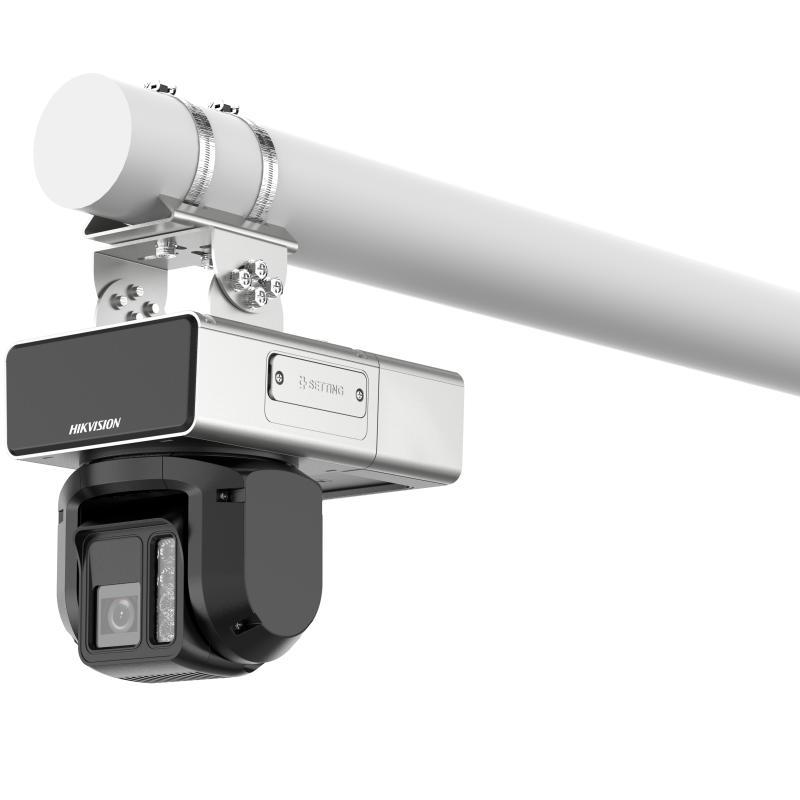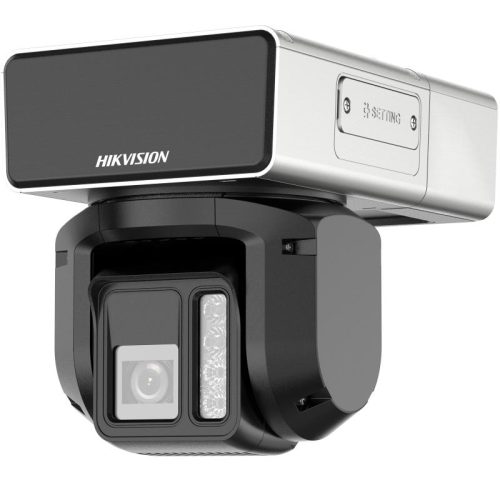The Hikvision DS‑2DF3C400SCG‑D/4G/WL15(F1) is part of Hikvision’s Special Series 3C range—a 4 MP PTZ network dome equipped with precision water‑level radar detection capability up to 15 m and ±1 mm accuracy. It delivers continuous high‑quality full‑color imaging, even at night, thanks to its smart IR plus white light up to 30 m, and resilient performance under backlighting via 120 dB WDR. Built for harsh environments, it meets IP67 and IK10 ratings, supports mobile connectivity via 4G, and maintains ultra‑low power draw (< 1 W standby).
Lead time: 70 days.
Key Specifications
-
Sensor: 1/1.8″ progressive-scan CMOS, up to 2560 × 1440 resolution
-
Minimum Illumination: 0.0005 lux (color), 0.0001 lux (B/W) @ F1.0 with AGC on; 0 lux with white light
-
Lens: Fixed 4 mm lens, F1.0; horizontal FOV ~67°, vertical ~41°, diagonal ~75°
-
Water‑level Radar: Detection up to 15 m with ±1 mm accuracy (WL15 variant)
-
White Light Illuminator: Up to 30 m distance for color imaging at night
-
WDR: 120 dB for challenging lighting conditions
-
Environmental Rating: IP67 sealed, IK10 impact resistance; surge and lightning protection
-
Power and Connectivity: Supports 4G LTE; standby ≤ 1 W power consumption
Use Cases
-
Flood Monitoring & Stormwater Management: Real‑time radar-based water‑level tracking in river mouths, retention ponds, spillways, etc.
-
Reservoir and Dam Surveillance: Precise detection of rising water levels with mm-level accuracy even at night.
-
Urban Flood Zones & Coastal Areas: Reliable color video feed during emergency water flow events, suitable for 24/7 environmental monitoring.
-
Stormwater Infrastructure: Used in tunnels, culverts or pump station inlets to provide actionable data for flood control teams.
Frequently Asked Questions (FAQs)
Q: What is the delivery timeframe?
A: Standard lead time is 70 days from order confirmation.
Q: Can this camera detect a water level beyond 15 m?
A: The WL15 variant is optimised for up to 15 m detection. There is a WL40 variant that extends the radar detection to 40 m with similar ±1 mm precision if required.
Q: Does it provide night‑time color imaging?
A: Yes, it features a powerful white‑light illuminator delivering up to 30 m full‑color vision in complete darkness. Combined with smart IR this ensures clear monitoring 24/7.
Q: Is the camera rugged enough for outdoor use?
A: Yes. It carries an IP67 weather seal and IK10 vandal resistance and includes surge/lightning protection, ideal for severe weather environments.
Q: Does it support wireless installation?
A: Yes, the integrated 4G LTE module allows flexible deployment where wired data links are impractical, consuming less than 1 W during standby.
Summary
-
Model: Hikvision DS‑2DF3C400SCG‑D/4G/WL15(F1) – 4 MP PTZ dome with water‑level radar, 30 m white‑light illumination
-
Primary Features: ±1 mm radar detection to 15 m, full‑color night imaging, 120 dB WDR, IP67/IK10 protection, ultra‑low power, 4G connectivity
-
Ideal For: Flood control, environmental water monitoring, stormwater infrastructure, dams, reservoirs
-
Lead Time: 70 days
The difference between WL15 and WL40 on the Hikvision DS-2DF3C400SCG-D/4G series refers to the maximum radar-based water level detection range of the built-in millimeter-wave radar sensor:
WL15 vs WL40 – Key Differences
| Feature |
WL15 Variant |
WL40 Variant |
| Radar Detection Range |
Up to 15 meters |
Up to 40 meters |
| Measurement Accuracy |
±1 mm |
±1 mm |
| Typical Use |
Small-to-medium water bodies (culverts, storm drains, canals) |
Large rivers, dams, reservoirs, wide catchment areas |
| Model Naming |
DS‑2DF3C400SCG‑D/4G/WL15(F1) |
DS‑2DF3C400SCG‑D/4G/WL40(F1) |
️ How It Works
Both models use a non-contact millimeter-wave radar sensor mounted in the PTZ dome to continuously monitor the distance to the water surface. The difference is how far the radar can reach:
-
WL15 is suitable where the camera is installed relatively close (e.g., mounted 3–8 m above the water).
-
WL40 is suitable where you need to measure deeper bodies of water or place the camera higher, up to 40 m above the surface.
Both retain:
-
±1 mm measurement accuracy
-
Configurable thresholds
-
Real-time alert triggering
-
Environmental protection (IP67/IK10)
-
4G or wired network support
✅ Which Should You Choose?
| Scenario |
Recommended |
| City storm drains, culverts, or tunnels |
WL15 |
| Creeks and rivers with mild flood rise |
WL15 |
| Dams, large rivers, flood basins |
WL40 |
| High-mounted installations (e.g. bridges 20m+ above water) |
WL40 |
✅ Installation for Flood Detection
1. Choose the Right Location
-
Mount the camera above the water body (e.g. culvert, river, stormwater drain, retention basin, etc.)
-
Position it directly over or adjacent to the target detection area (vertical or angled is acceptable as per radar specs).
-
Ensure clear line-of-sight to the water surface — no tree branches, debris, or reflective surfaces that may interfere with the radar.
2. Mounting Requirements
-
Mount the unit securely on a fixed pole, bridge, overpass, wall bracket, or gantry. The radar needs to remain stable and vibration-free for accurate readings.
-
Recommended mounting height is based on anticipated flood levels + safe offset, typically:
-
Use brackets rated for the dome’s weight and environmental exposure (IP67 / IK10 housing will withstand tough weather).
3. Power and Network
-
Connect 12V DC or 24V AC or PoE (if applicable) – check power draw for low‑power deployments.
-
Insert SIM card for 4G LTE operation if remote area (ensure signal strength at the site).
-
Alternatively, use LAN if available.
-
Setup remote connection to your VMS, NVR, or HikCentral if applicable.
⚙️ Configuration for Water Level Alerts
Step-by-Step Configuration:
1. Access the Web Interface
2. Enable Radar Functionality
3. Set Alert Thresholds
-
Configure the threshold level where you want to receive alerts.
-
You can set multiple zones (e.g., low, medium, high) and trigger different actions per zone.
4. Configure Alarm Actions
-
Go to Event > Smart Event > Water Level Detection.
-
Set up alarm linkages such as:
-
Email notification
-
Push notifications via Hik-Connect or Hik-ProConnect
-
Trigger output relay to activate a siren/strobe
-
Upload snapshot/video to FTP
-
Pop-up window on VMS or mobile app
-
You may also configure custom audio warnings if connected to a speaker.
5. Test the System
-
Simulate increasing water by aiming radar at fixed targets at known heights.
-
Confirm correct triggering of alarms when the threshold is exceeded.
-
Review logs, images, and event recordings to verify operation.





